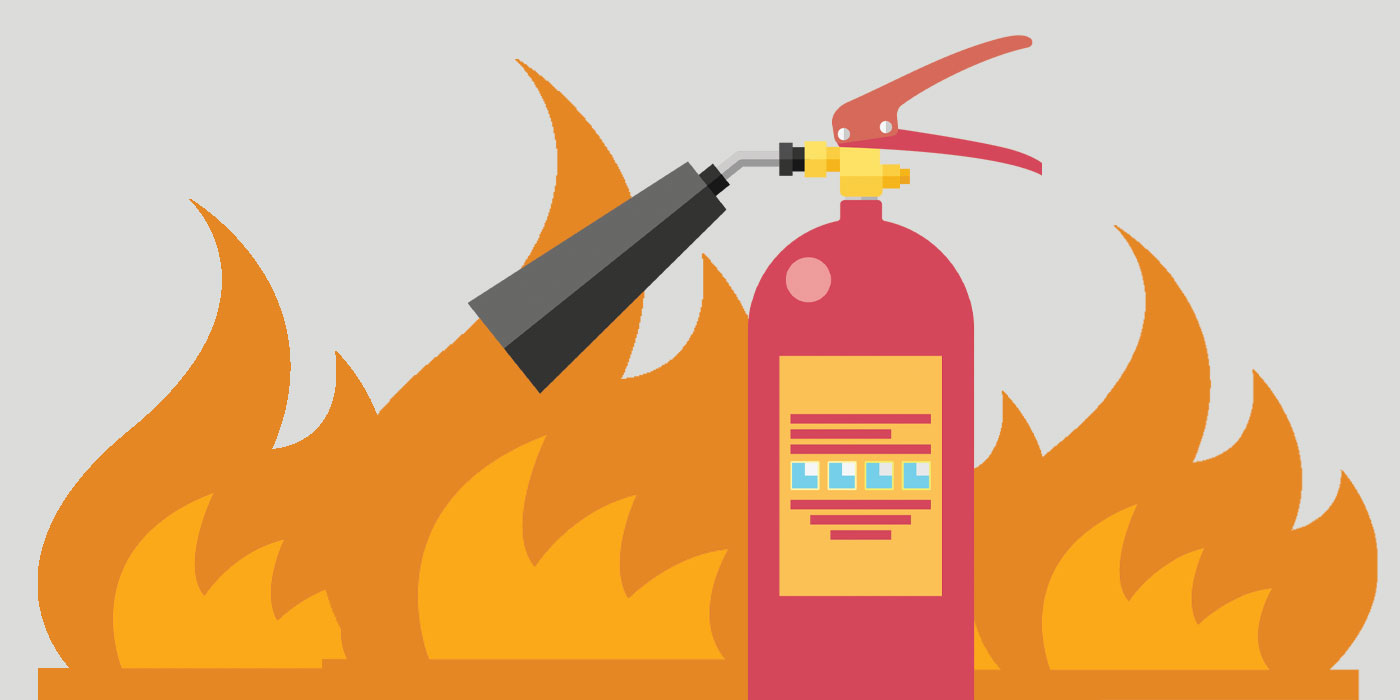Every company in Sydney, fire protection is not only legal, but it is essential to keep employees, customers, and property safe. Fires can result in devastating costs in the shortest time, but most of these risks can be minimized or prevented with the right security measures put implemented. The combination of safety inspections during fires, electrical system testing and tagging, and the compliance with CFSP rules can all help to create a safer workplace and ensure that businesses are compliant with the Building Code of Australia and local council standards.

Why Fire Inspections Are the Foundation of Safety
The first line of defence is fire inspections. These inspections confirm that the fire protection system of an establishment is in good condition and functional. In Sydney, businesses must conduct inspections at least once every six months, or every year, depending on building type and the local council’s regulations. An inspection often covers everything including fire alarm panels and sprinkler systems to smoke alarms and hydrants to extinguishers, and emergency lighting.
The ability to spot problems that are not obvious and correct them before they can cause harm is the reason inspections are so important. Although it may not be a big deal, but a small problem with a fire hydrant or a smoke alarm that’s blocked could be fatal in the event of a crisis. The owners of businesses who regularly inspect their fire hydrants ensure they are complying with their legal obligations, and protecting themselves against unforeseen tragedies.
Testing and Tagging Securing Electrical Safety
Electrical systems are a major cause of fires in workplaces. Testing and tagging is consequently an essential element of an overall plan to ensure the safety of fire. This involves checking electrical equipment for safety, functionality and conformity, before adding a tag to show that the product has been inspected. This is a legal requirement which is not always simple to fulfill. For many companies, it’s a precaution against the possibility of a risk.
Old, worn-out, or unchecked cables, appliances with faults, and outdated wiring can quickly turn into fire hazards. Businesses can minimize the chance of fires by regularly testing and marking electrical equipment. It also builds trust and confidence among employees by reassuring them that their workplace is safe. In conjunction with testing, fire inspections and tagging can provide a comprehensive security plan to reduce risk on many fronts.
The job of CFSP in ensuring compliance and Certification
In New South Wales only a Competent Fire Safety Practitioner (CFSP) can certify or sign important documents regarding fire safety like the Annual Declarations on Fire Safety. Introduction of CFSP certification has increased standards in fire safety, ensuring only professionals are qualified to assess and verify security. For those who work with a CFSP, inspections and reports won’t be just a routine item of paper, but rather an accurate evaluation performed by experts.
The function of a CFSP extends beyond checking off boxes. These professionals assess the performance and the condition of fire protection systems and produce comprehensive report. They also make sure that the system is in that the system is in compliance with regulations. Firms that do not possess CFSP certification risk being punished, if they are found guilty of a crime or even being shut down when they are deemed to be insufficient with fire protection. Working with certified professionals will ensure that the fire safety systems are in place correctly and that compliance obligations are met without unnecessary stress.
Fire Safety is a Constant Engagement
Safety in the event of fire is an ongoing obligation for every business owner. The process of ensuring safety is never-ending with regular checks, testing electrical systems continuously, and certification under CFSP supervision. This practice is not only legal, but it also fosters a safety culture at work. Employees feel secure knowing that clear evacuation procedures are in place Smoke alarms are working and the emergency lighting has been tested, and fire suppression systems are fully functional.
Treating fire safety as a continuous process rather than a yearly checkbox not only reduces risks but also strengthens a business’s reputation. If safety is considered a top priority customers and clients feel safer. In the long run, investing in proactive fire prevention saves cost by preventing costly damage, fines and legal disputes.
Conclusion
Sydney fire safety demands an extensive approach that includes fire inspections and testing, tagging and certification by a CFSP. Each part is crucial in making sure that businesses comply with the regulations and, more importantly, that the safety of people and property is assured. Safety is an integral component of every business’s operations and is not a secondary consideration. Businesses can comply with their legal obligations and build an even more secure and resilient setting in the future, if safety is an integral aspect of their daily activities.